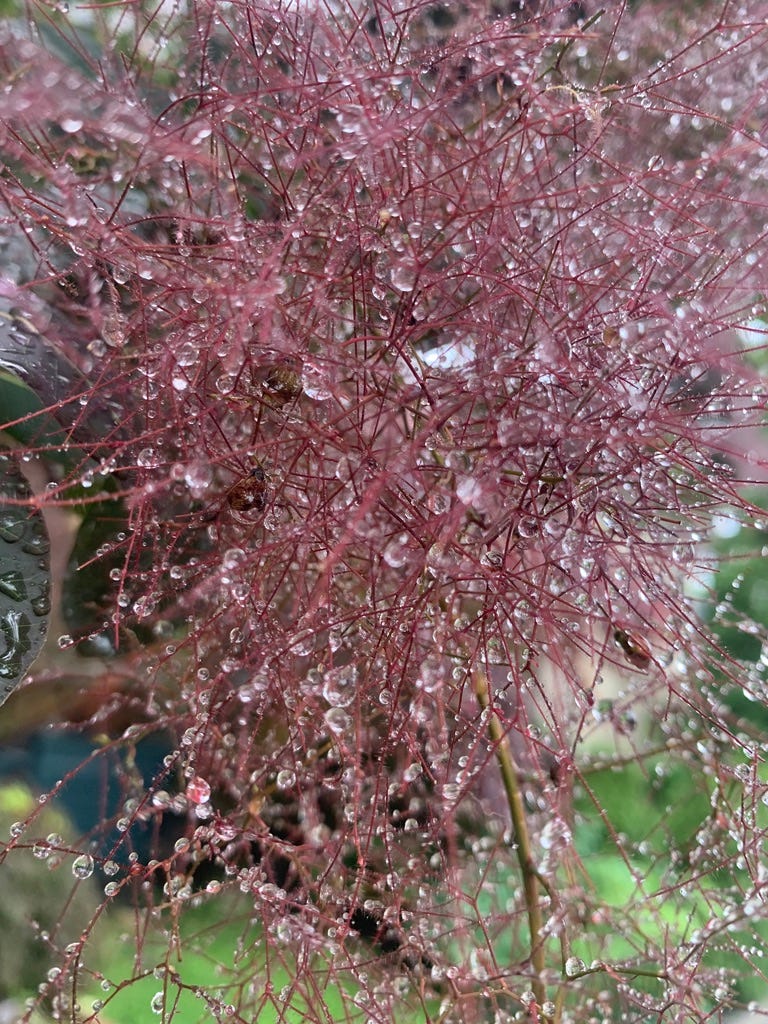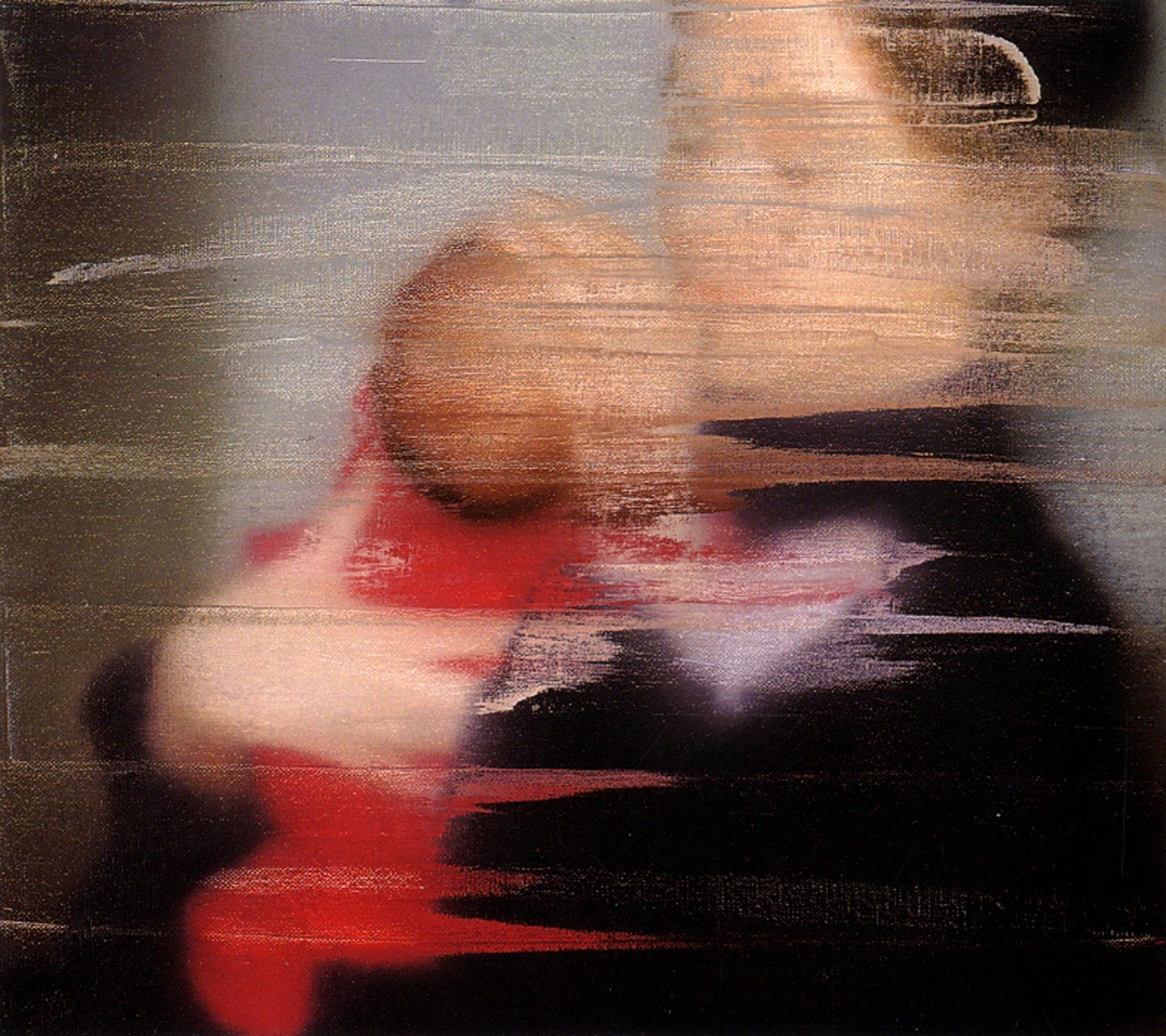
The first job I got when I moved to Toronto was making nachos in the second highest bar in the city. The second job I got was working in the archives at the Royal Canadian Academy of Art which is kind of like the RCA in the UK except more Canadian. I loved the nerdiness of getting all the folders in order and digging into the more historical records of former members. I loved learning about artists in their 90s who carved out the molds for the portraits on our coins, the printmakers from James Bay, and the almost forgotten abstract painters from the prairies. An artist got a “ , RCAA” after their name not for fame but for their years of expertise and the support of their peers. There was only one other person working in the office with me and she was a quiet art photographer. We didn’t talk much but one day she brought in a photobook that she had been working on for years. It was small and self-published and beautifully made. I can’t remember my co-worker’s name but I can see almost every page of the book she made in my mind. It was a series of maybe 25 photos taken from the perspective of a bar of soap that mostly just sat in its little indent on a porcelain sink. The colours were milky pale with faint macaron tones of pink and mint and baby blue and tan. Sometimes the image would just show a few bubbles and the curve of the sink. Sometimes a bit of running water and maybe the hint of a human hand in the background. The photos where taken from below and drew you into a world of white expanses and slow curves. Time was marked but by the subtlest of changes. The bar of soap got smaller and thinner when it dried and formed striations like a glacier scraping across its length. Then, rewet, it got smoother again and still thinner. Events beyond the vision of the soap were blurry. It was the first artist’s photo book I had ever seen. It was the first time I saw that photography can be a means to investigate. That while a single picture of a bar of soap is not much, a photographer spending a full year with a bar of soap and trying to get inside of its own stories can be precious and epic in its way. I loved that she made this book to share the story of this bar of soap. I am also wondering today if that book may have begun my interest in the possibilities of blurriness. What follows is a kind of photoessay about fuzzy image making and about a new technique I am working on for foraging and some of its photographic results. This second section is for Colour Lab subscribers—I hope you will consider joining as a paid member and supporter of this newsletter and an evolving space for digging deeper into natural colour and new ways of seeing and being in the world.
Section 1: The Art of the Blur
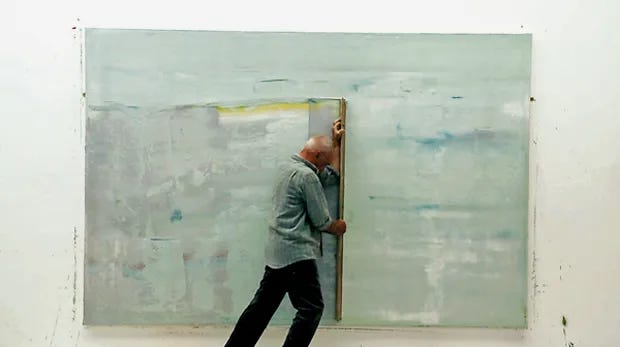
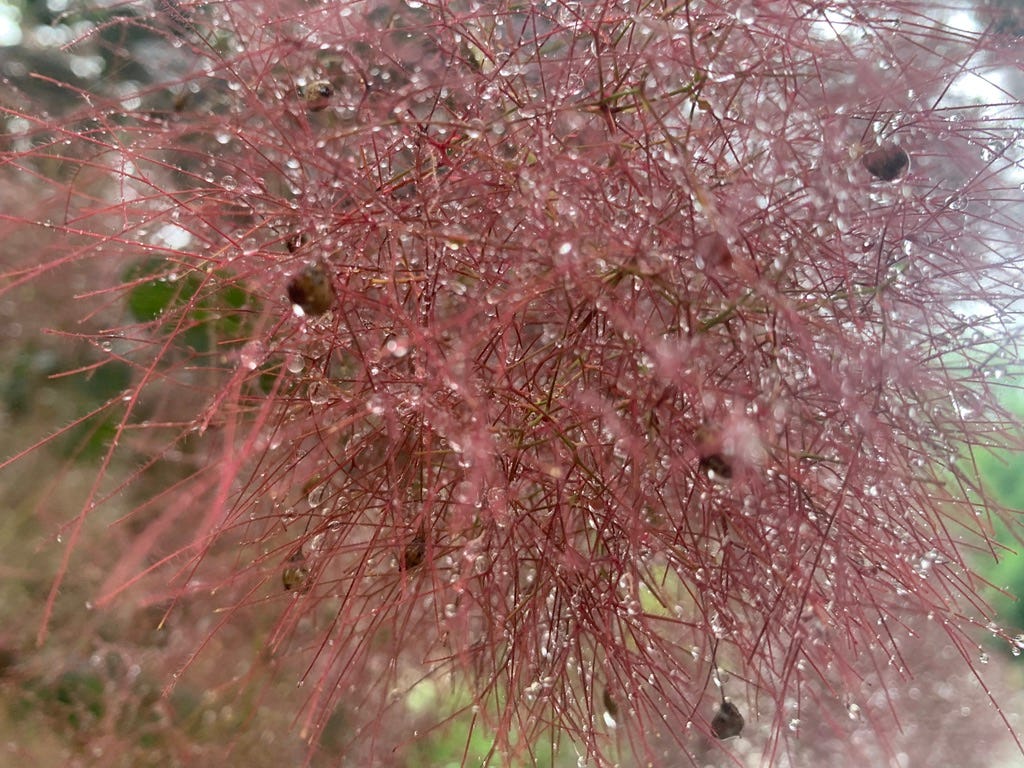



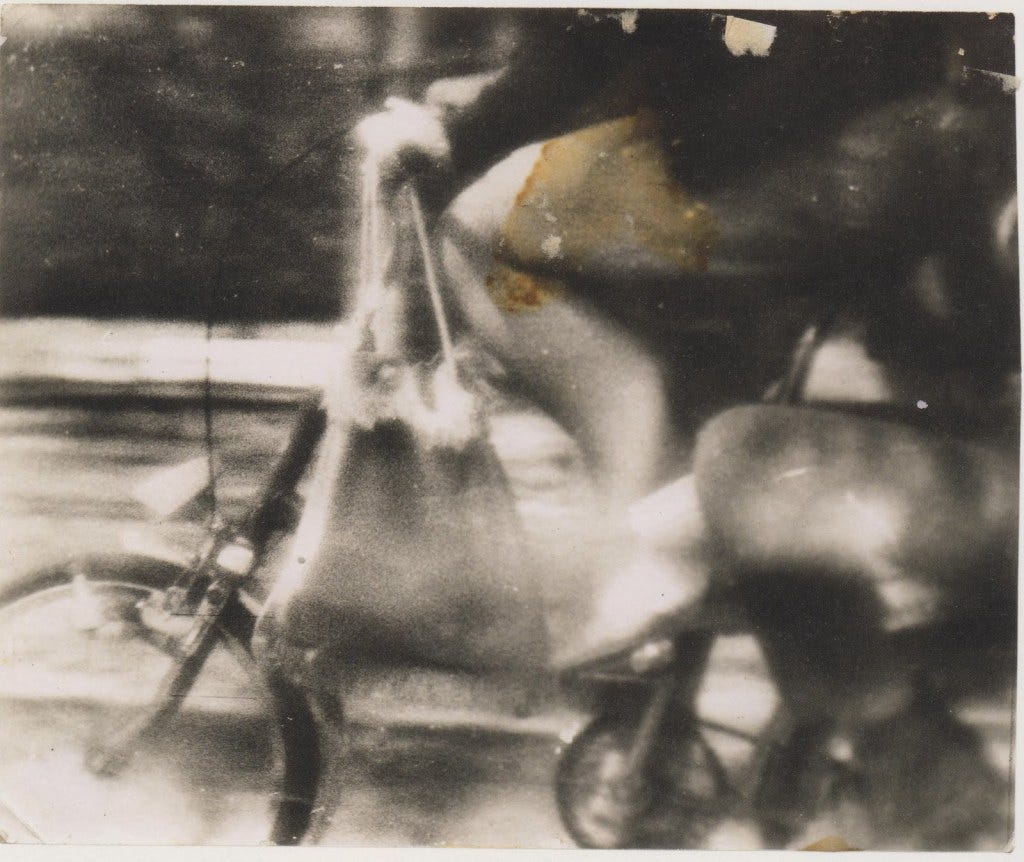
I’ve always loved spending time with photographers not because of the way they capture moments or compose shots or manipulate light and angles to construct portraits. It’s not because of the making at all but because of the way photographers can peer into. The way they slow themselves to allow themselves to be pulled into visual situations. Or speed themselves up to slip between moments invisible to others. When I hang out with photographers the world feels re-enchanted. Full of portals. People talk about seeing the world through new eyes, about the artist’s vision. But I don’t want to see new things I want to get in closer to the everyday things of my stultified world. I want to get into the the skin of the ordinary. And I think I may have found a new method for doing this.
Part 2: Blurry Foraging
Other than taking pictures of my ink experiments in their various phases I don’t usually take that many photographs, but I am changing. I have to admit that I am becoming one of those people who take closeup photographs of flowers complete with drops of dew which look kind of like a screen saver.

Part 3: The New Technique
A new kind of foraging and I have been testing it out for almost two weeks. The idea came from wanting to find adventure close to home, from John Berger and George Perec, from noticing the rain and appreciating the way the world can blur at the edges when you get really close to things. Below is my method and some of the results. Its available to you Subscribers to the Colour Lab where we can discuss, share and keep pushing the possibilities of colour research, making and foraging. I will also include a screen-saver for new subscribers.
Keep reading with a 7-day free trial
Subscribe to The Colour | Newsletter | Lab | Community to keep reading this post and get 7 days of free access to the full post archives.






